Access more content from the Center for Universal Education here, including work in our Skills for a Changing World series.
It’s unfathomable that of Africa’s nearly 128 million school-aged children, 17 million will never attend school. Perhaps even more shocking is the fact that another 37 million African children will learn so little while in they are in school that they will not be much better off than those kids who never attend school. As a consequence, the prognosis for Africa’s future economic growth and social development is poor.
These numbers come from the new Africa Learning Barometer created by the Center for Universal Education at Brookings. Our objective was to identify a baseline assessment of learning in Africa by using the existing data. Using data from regional examinations, such as Programme d’Analyse des Systèmes Educatifs de la CONFEMEN (PASEC)and Southern and Eastern Africa Consortium for Monitoring Educational Quality (SACMEQ) , and national assessments of 4th or 5th grade students, the barometer provides a picture of the state of learning for 28 countries in sub-Saharan Africa. In each of these assessments, we identified a cutoff point at which students scoring below that level were learning so little that they had no value added to their education. While these tests do not even begin to scratch the surface on the values, knowledge and skills that children should learn in school to live healthy, productive lives, they do provide some basic indications about the state of learning in the region.
The findings are astonishing. There are seven countries in which 40 percent or more of children do not meet a minimum standard of learning by grades 4 or 5. In countries such as Ethiopia, Nigeria and Zambia, over half of in-school students are not learning basic skills by the end of primary school. Through the barometer we aggregate the total number of children not learning based on out-of-school children at the end of primary school, children who are likely to drop out by the 5th grade, and those in school but not learning. The results are distressing. Under the current model, half of sub-Saharan Africa’s total primary school population – 61 million children – will reach adolescence without the basic skills needed to lead successful and productive lives.
The barometer also points out the massive inequalities between the rich and poor. Looking at the rates of extreme education poverty in the region, the percentage of adults with less than two years of education show the disadvantages that poor, rural students face in accessing education in comparison to their rich and urban counterparts. For instance, in Ethiopia, 68.3 percent of the poorest quintile of the population lives in education poverty, compared to only 13.8 percent of the richest.
While there is much reason to celebrate the progress in education that Africa has made over the past decade, the barometer shows us that there is a deeper learning crisis that needs to be addressed. Unless African governments and the international community work together and act now to raise standards and improve learning outcomes, the potential of tens of millions of African youth will be wasted and Africa’s social and economic progress will stagnate.
Please explore the data and trends from the Africa Learning Barometer to learn more about the education crisis in Africa.
The Brookings Institution is committed to quality, independence, and impact.
We are supported by a diverse array of funders. In line with our values and policies, each Brookings publication represents the sole views of its author(s).
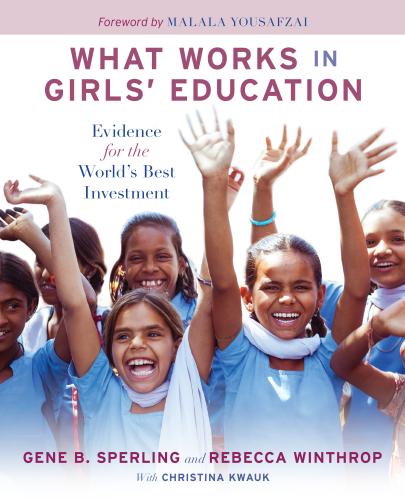
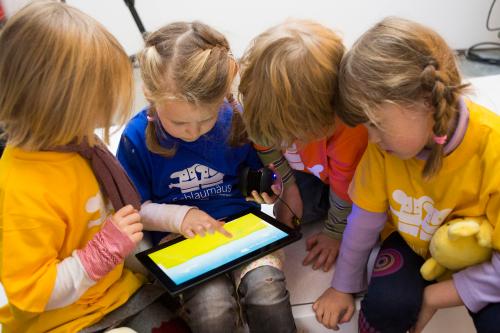
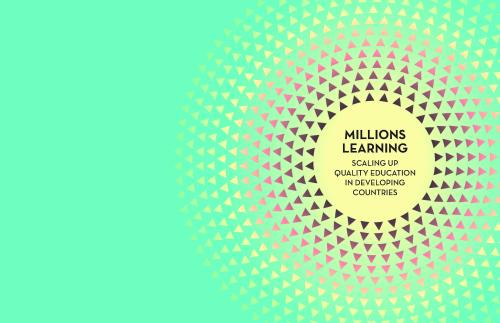
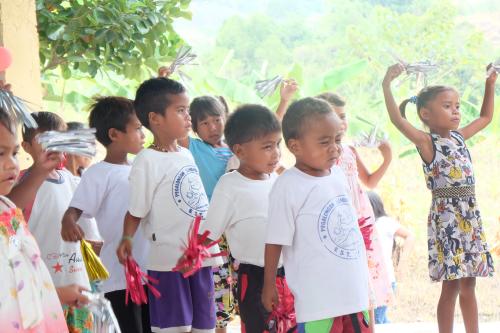


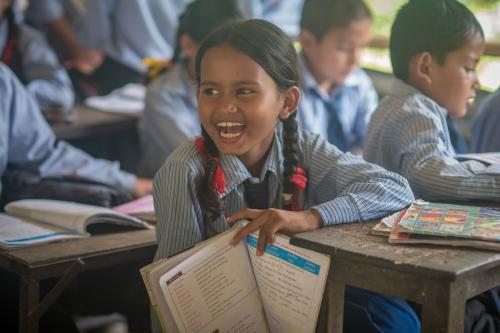
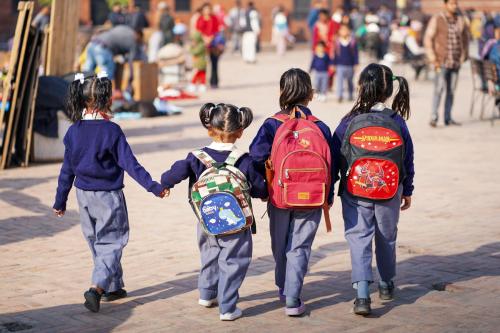
Commentary
Africa’s Education Crisis: In School But Not Learning
September 17, 2012